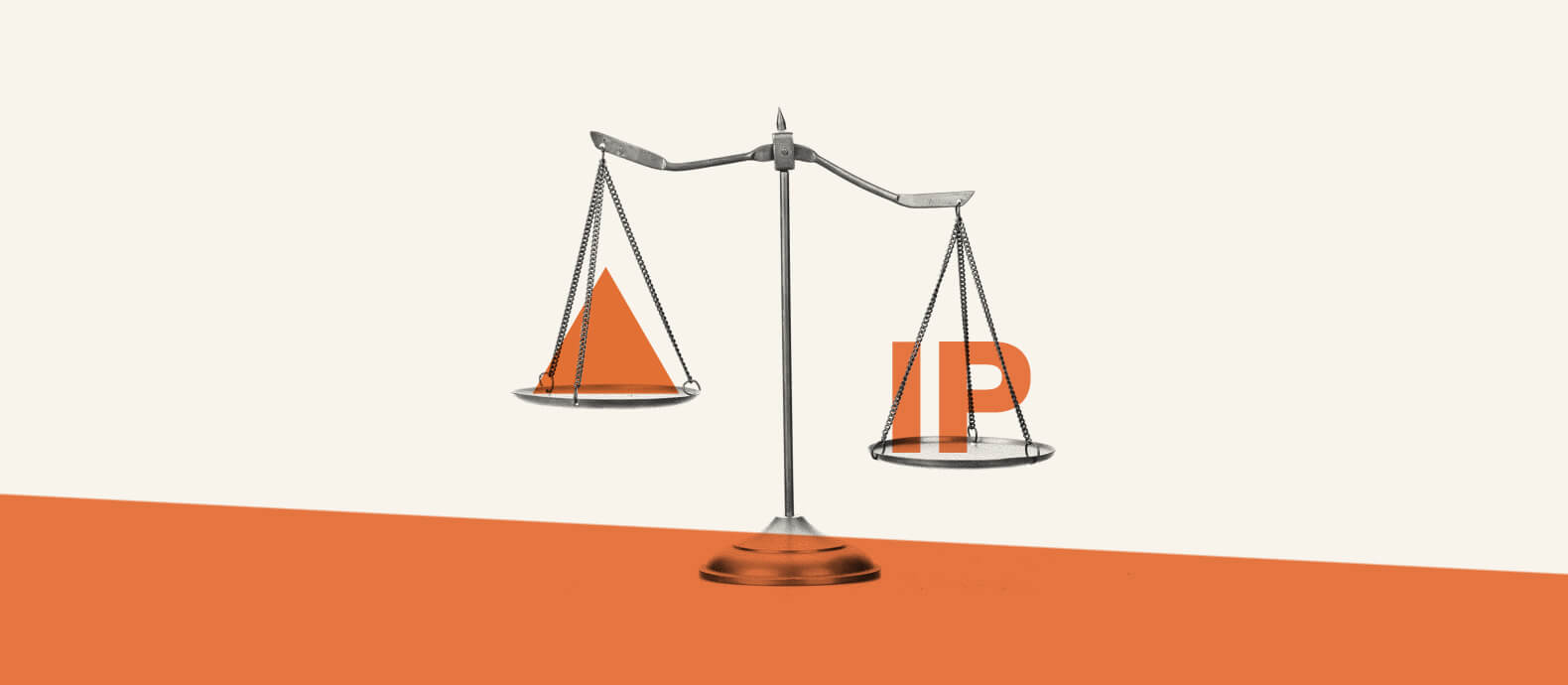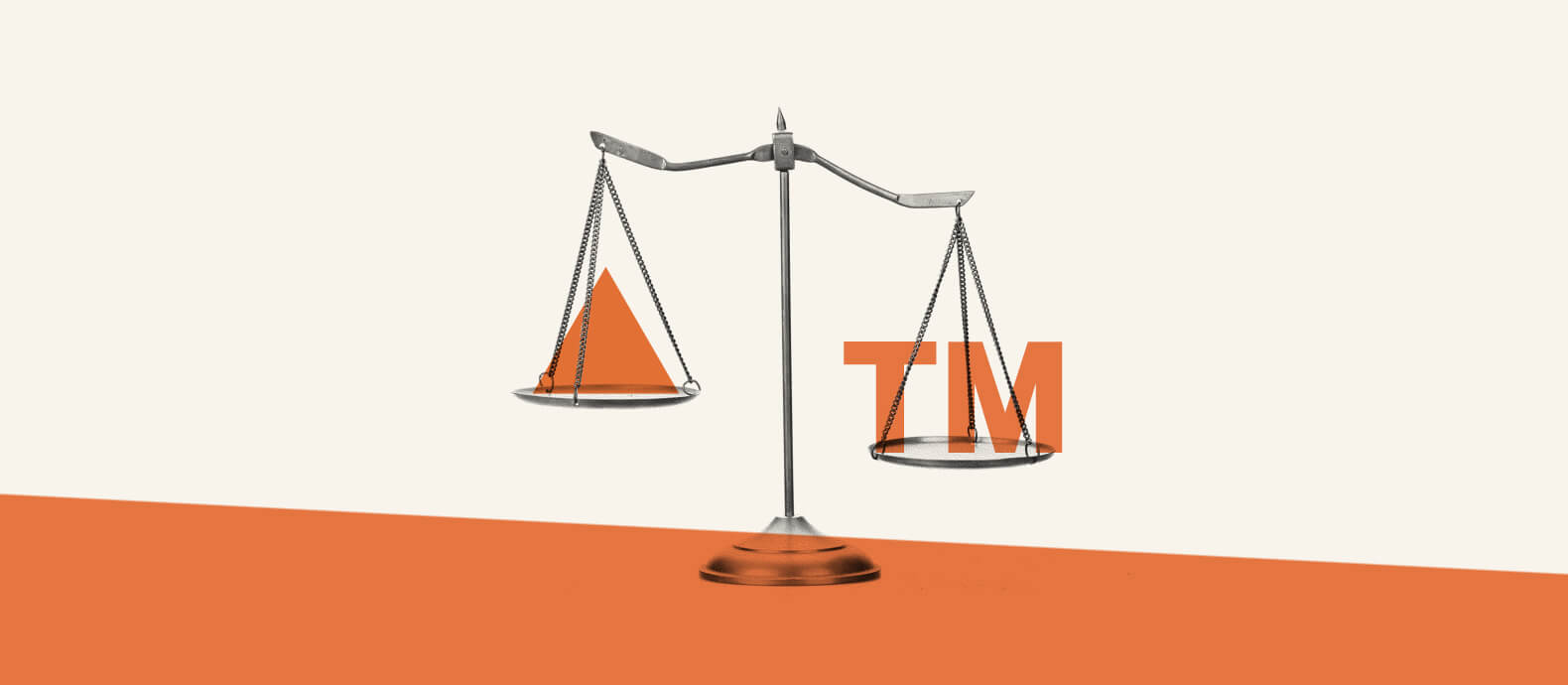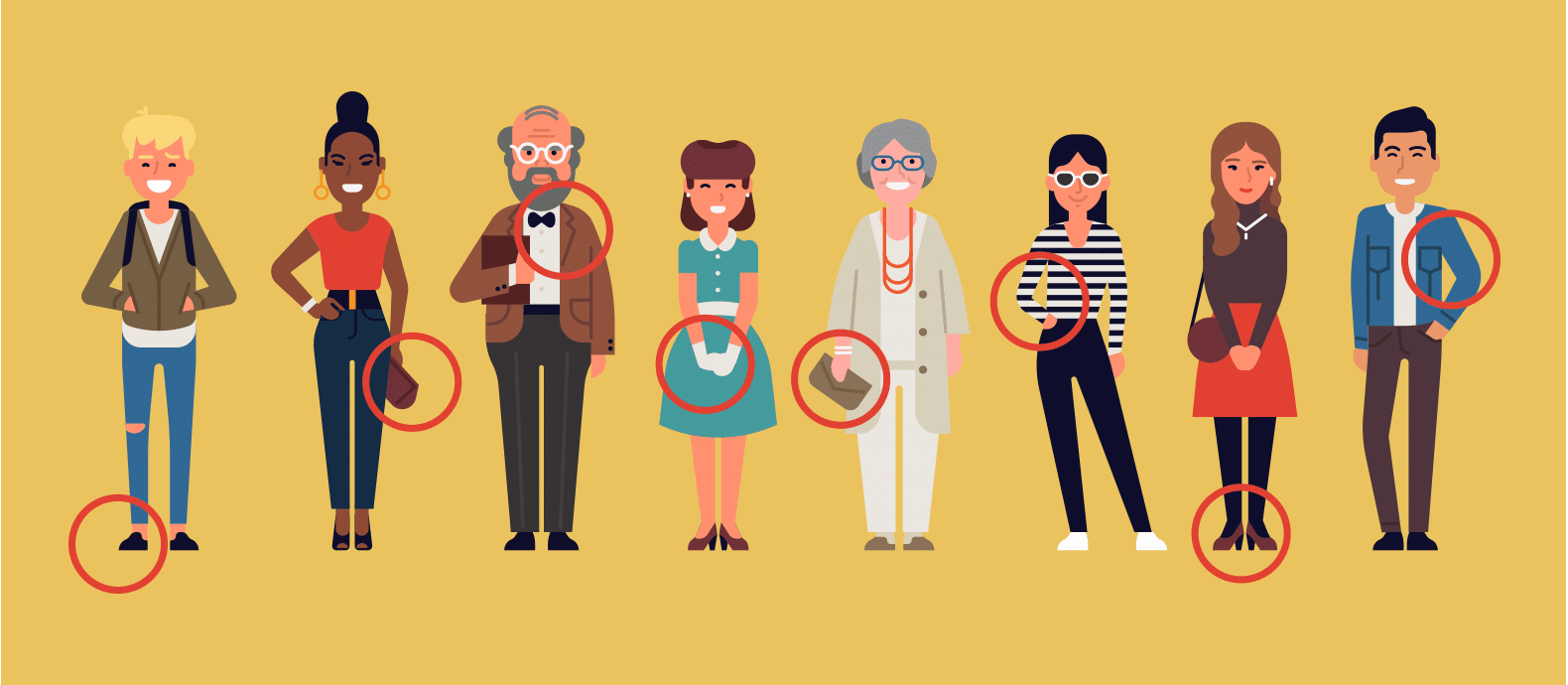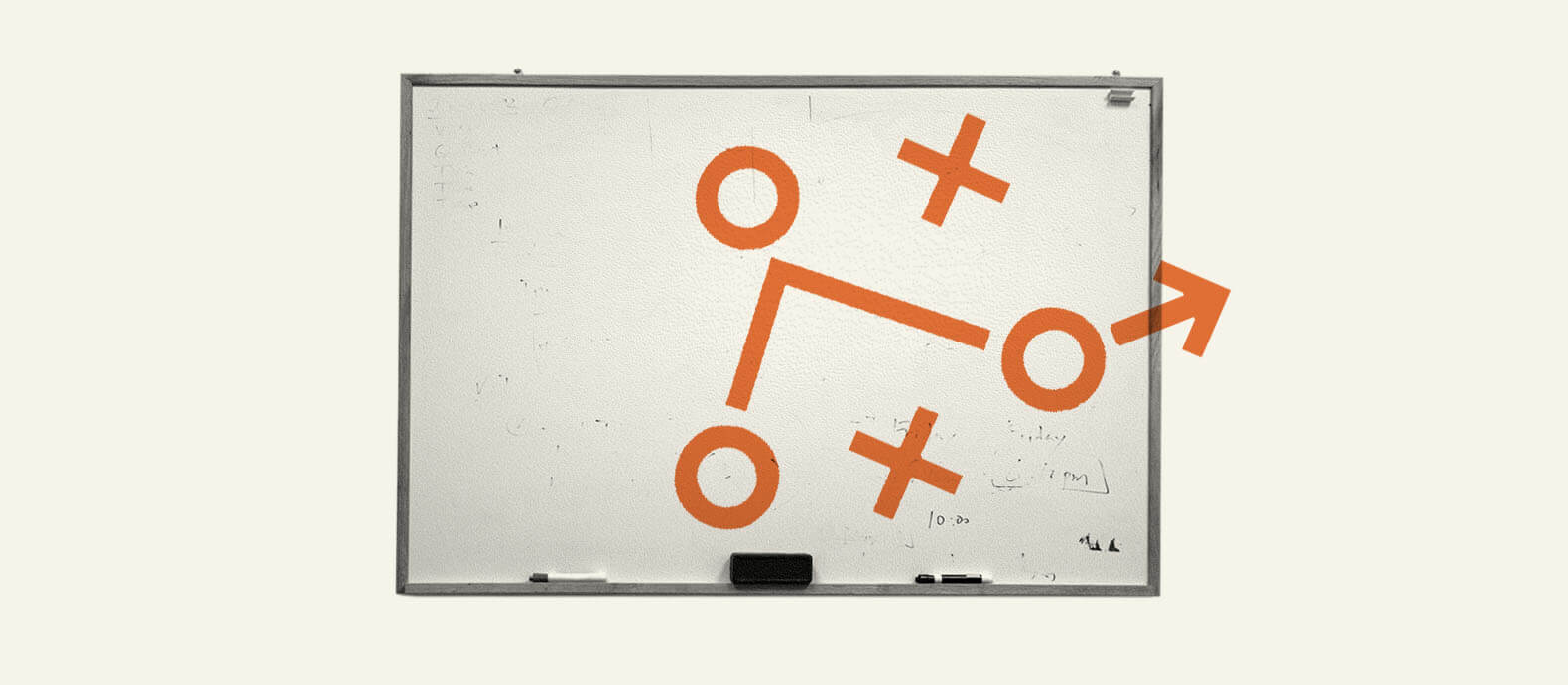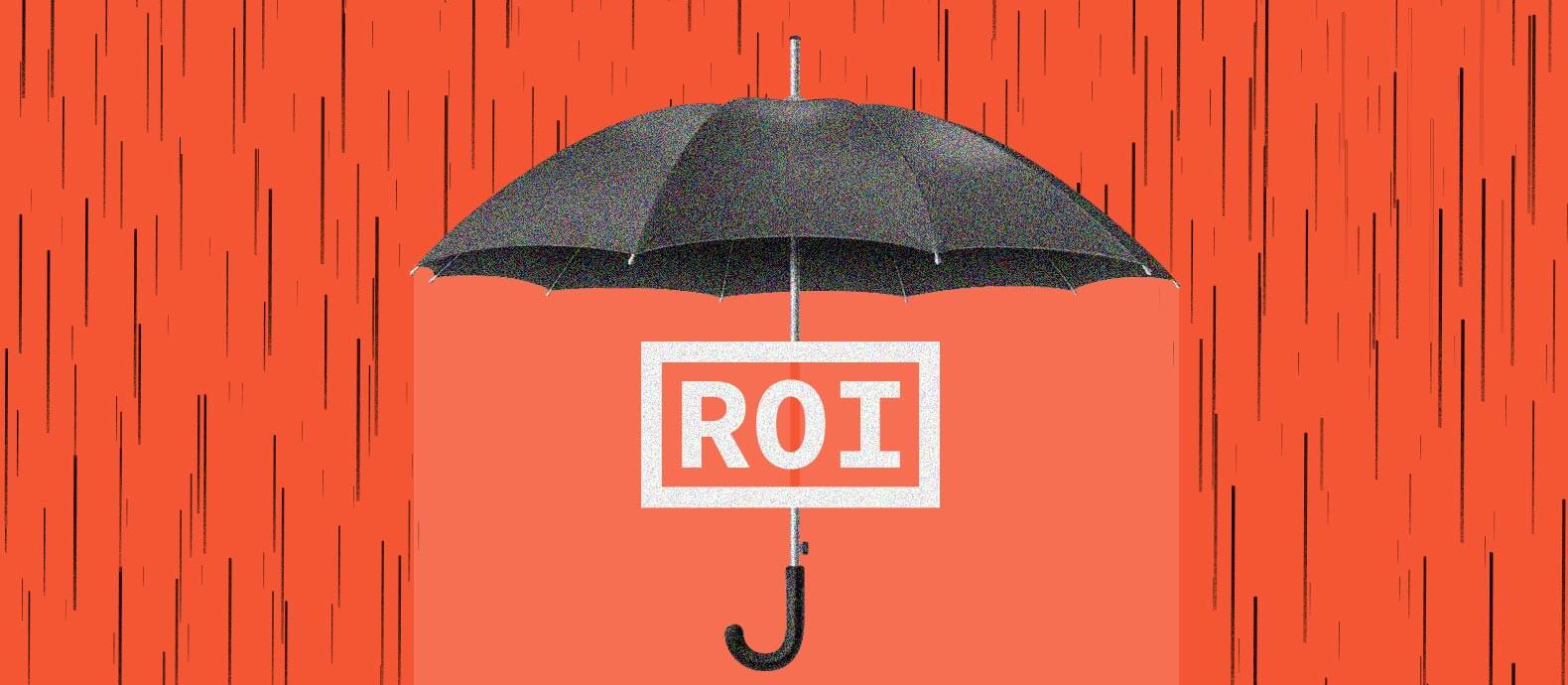Intellectual Property (IP) assets play a critical role in building brand reputation and authority in contemporary times. While registering your IP is a foundational step, ongoing monitoring and enforcement are critical for the adequate protection of a brand.
According to a survey by the World Intellectual Property Organization (WIPO), over 60% of the companies surveyed considered intellectual property litigation a critical tool to protect their intellectual property rights.
In this blog, learn more about intellectual property litigation, commonly associated challenges, and get a step-by-step guide on navigating through IP disputes.
What is intellectual property litigation?
If an authorized third party infringes on the intellectual property of any legal personality, they can go to court to defend their IP from infringers. Possible remedies include damages, injunctions and more.
For example, Nike filed a case against BAPE (A bathing bape) for possible trademark litigation recently. They allege that BAPE had infringed on Nike’s trademark for the Air Force 1 sneaker design claiming that BAPE’s ‘Bapesta’ sneakers are too similar, thus initiating IP litigation.
What are the types of intellectual property litigation?
The term Intellectual Property litigation is a conglomerate that can be divided into 4 categories for better understanding.
Trademark litigation
A plaintiff forward a claim of unauthorized use of a trademark, including logos, phrases and symbols that might confuse the consumers as to who is offering the products or services in question. Generally, it is either claimed that the usage of the trademark will cause a likelihood of confusion or will result in ‘trademark dilution’.
Adidas initiated a trademark litigation dispute against luxury designer Thom Browne, claiming it infringed the famous ‘3 stripes’ in their designs. On January 12th 2023, an eight-person Manhattan jury denied this claim, which found Thom Browne compliant with trademark laws.
Copyright litigation
It involves litigation against third parties using copyrighted material, such as music, literature, or artwork, without prior permission from the copyright owner. A plaintiff claiming copyright infringement shall establish that he owns the copyright and prove that the accused party infringed upon it.
In 2015, the estate of Marvin Gaye won a copyright lawsuit against Pharrell Williams and Robin Thicke over their song “Blurred Lines ’’ and was awarded 7.4 million USD in damages.
Patent litigation
Most common in pharmaceutical and technology industries, patent litigation arises when a plaintiff puts a claim of direct infringement by a third party forward, having produced, used or sold a patented product or service without permission. The breach can be indirect through facilitating or persuading a third party to infringe the patent.
In 2019, Apple and Qualcomm settled a long-running patent dispute over Qualcomm’s technology used in iPhones. Apple made a 6 year license agreement and a billion dollar payment to end all patent litigation.
Trade secret litigation
It involves disputes over the theft or misuse of confidential business information, including business or brand trades.
Uber was accused of stealing trade secrets from Waymo related to their self-driving vehicle technology. Eventually, Uber had to settle by offering the company 265 million USD in equity.

Step-by-step guide to intellectual property litigation
IP litigation can be overwhelming and could last for years before concluding. Let’s break the journey down into a few steps for better understanding.
- Pre-Litigation Strategy
Before filing a lawsuit, settlement negotiations are generally held in the hope of resolving the matter outside of court through mediation or arbitration.
- Filing the Complaint
If negotiations are not fruitful, the plaintiff files an official complaint in the court outlining the infringement or violation and seeks relief.
- Discovery
During discovery, both parties are given time to gather evidence and information about the other party’s claim, evidence and defenses. It could be done through depositions, interrogatories, and requests for documents.
- Pre-Trial Motions
After the discovery period, either party can file for a pre-trial motion for summary judgment or a motion to dismiss. These motions are aimed at narrowing the issues of a case or in the hope of dismissing it entirely.
- Trial
If the case proceeds to trial, a jury or a judge is presented with all the evidence, facts and arguments of both parties. A decision is made based on the merits of the case.
- Appeals
If a desired outcome is not concluded, an appeal can be filed to a higher court. The appeals court reviews the case and decides if any errors exist that require a new trial.
Common challenges in intellectual property litigation
Various challenges can be faced during intellectual property litigation, including the cost of litigation, jurisdictional issues, expert testimonies and burden of proof.
Jurisdictional issues might arise if the parties involved are based in different areas, adding to the cost of litigation and delay in the process. A burden of proof requires the claimant to provide evidence to support their claim, which can often be complex. An expert in a particular field could be necessary to make a good argument, but this could increase the overall cost and retaining them might be difficult.
How to create a bullet-proof litigation case with Red Points
Red Points’ Revenue Recovery Program is designed to turn your brand protection efforts into a new revenue stream for your business. We use advanced crawling techniques and cutting-edge AI technology to identify high-profile counterfeit sellers who are shipping into the US.
Once the infringers are identified, Red Points collects all necessary information that can be used in court, and partners with legal experts who undertake legal action on your behalf to shut down seller accounts and recover funds from the identified counterfeiters.
The program works on a contingency basis, which means there are no upfront payments or extra costs for your company. This allows businesses to pursue legal action against infringers without taking on additional financial risk.
If you’ve identified recurring infringers and have hundreds of infringements, don’t let scammers get away with it. Take action today and protect your revenue and reputation with our Revenue Recovery Program.
What’s Next
Protecting your intellectual property is fundamental for brand protection, and litigation could be a possible route to restrict infringers from using what’s rightfully yours. Additionally, damages are generally awarded if IP infringement is found to compensate for a loss of reputation and revenue.
Don’t let counterfeit products and other forms of online brand abuse continue to impact your business’s revenue and reputation. Contact us today to learn more about how the Red Points’ Revenue Recovery Program can help you protect your brand and maximize your revenue.



